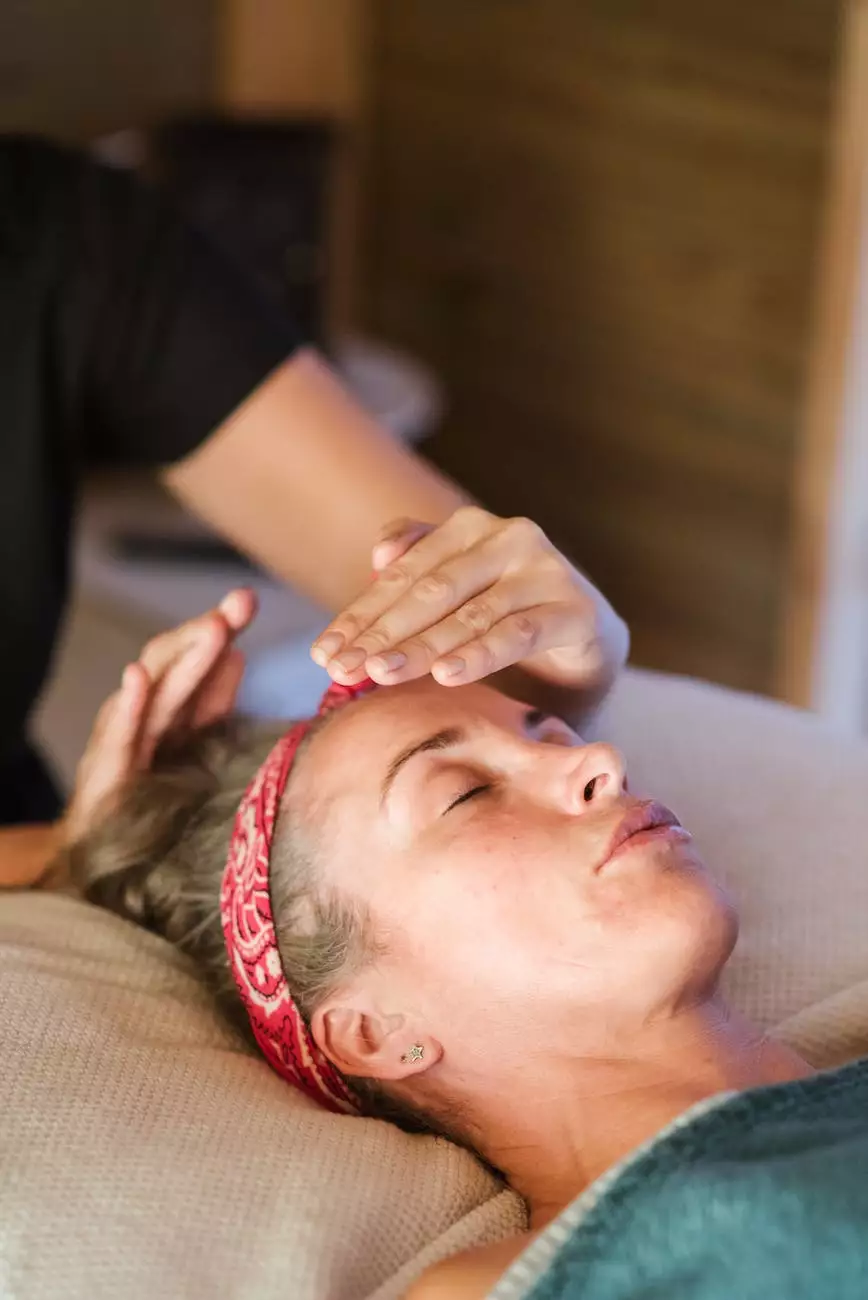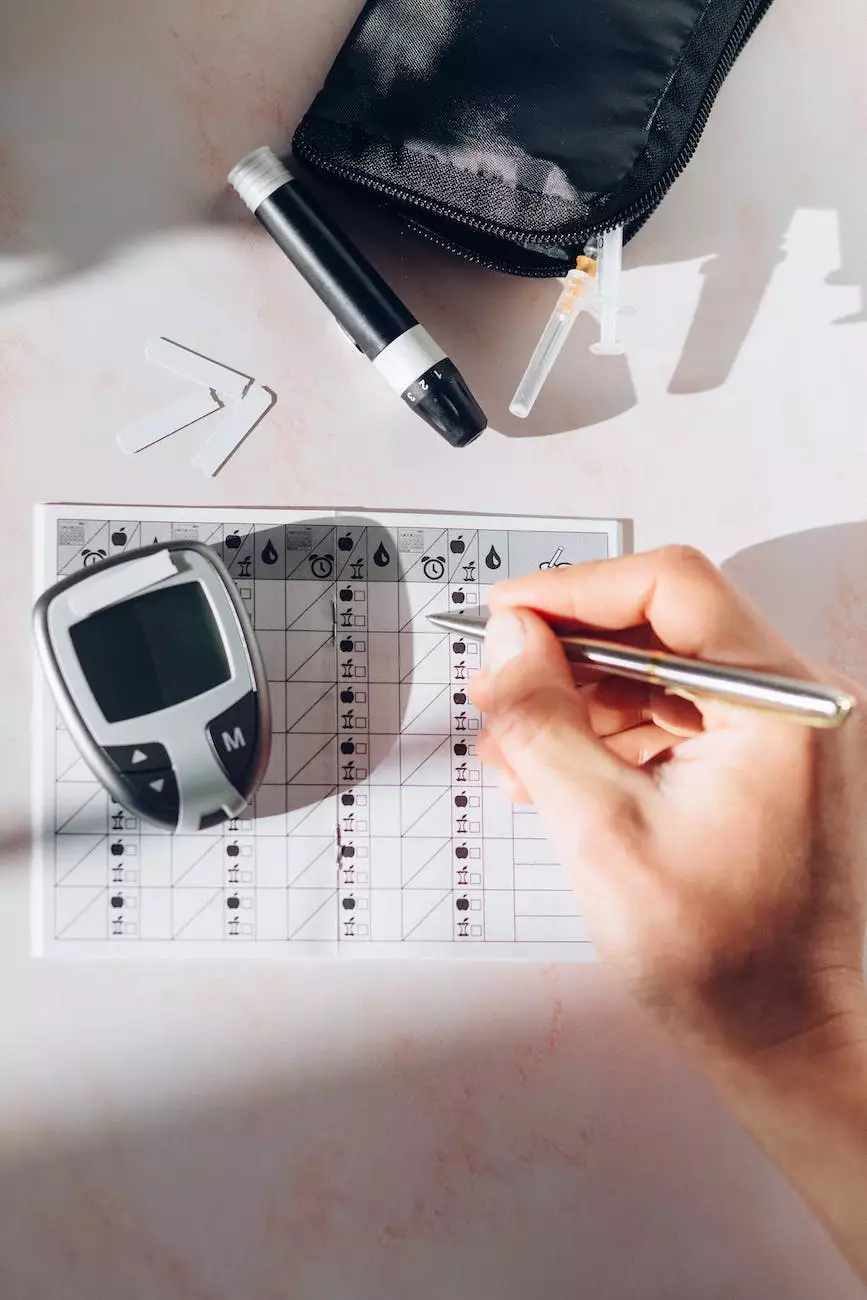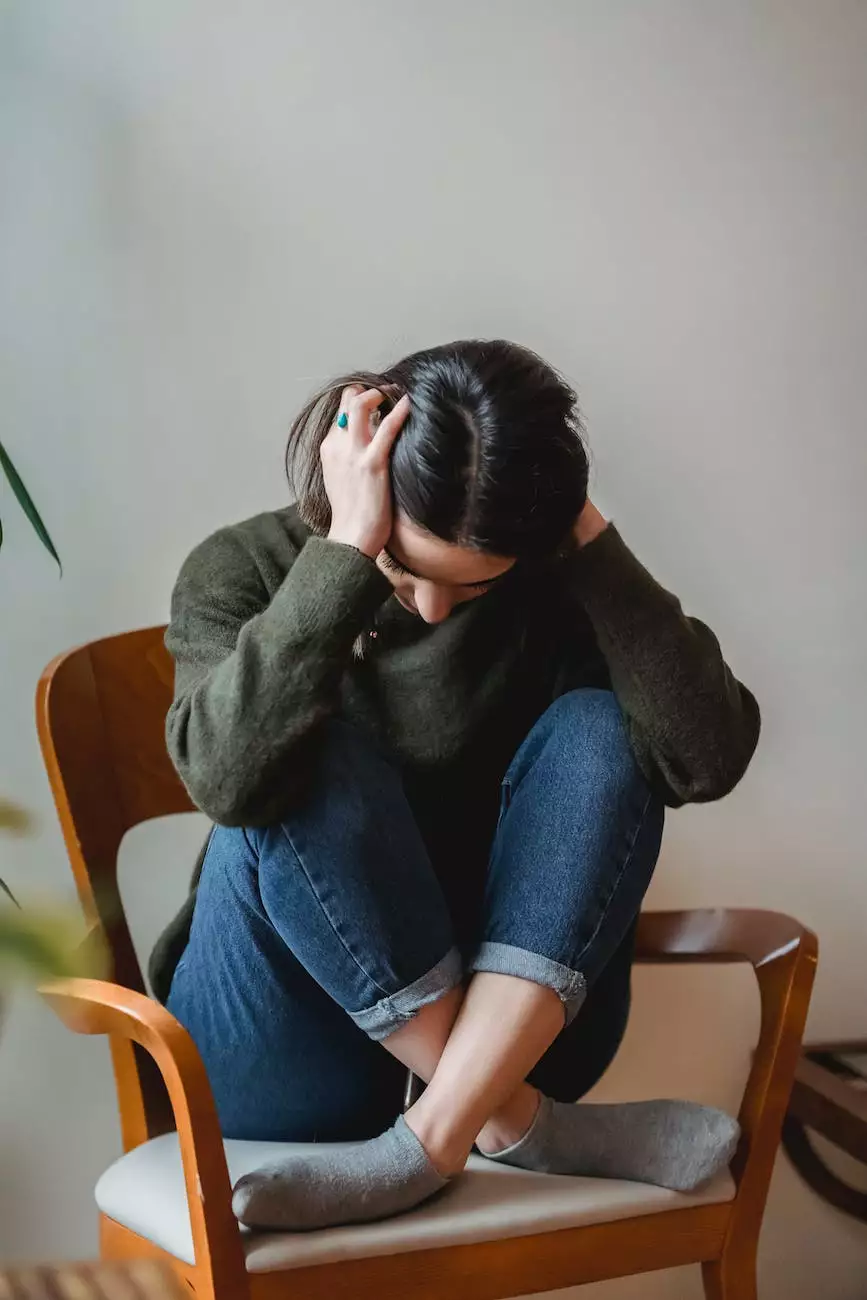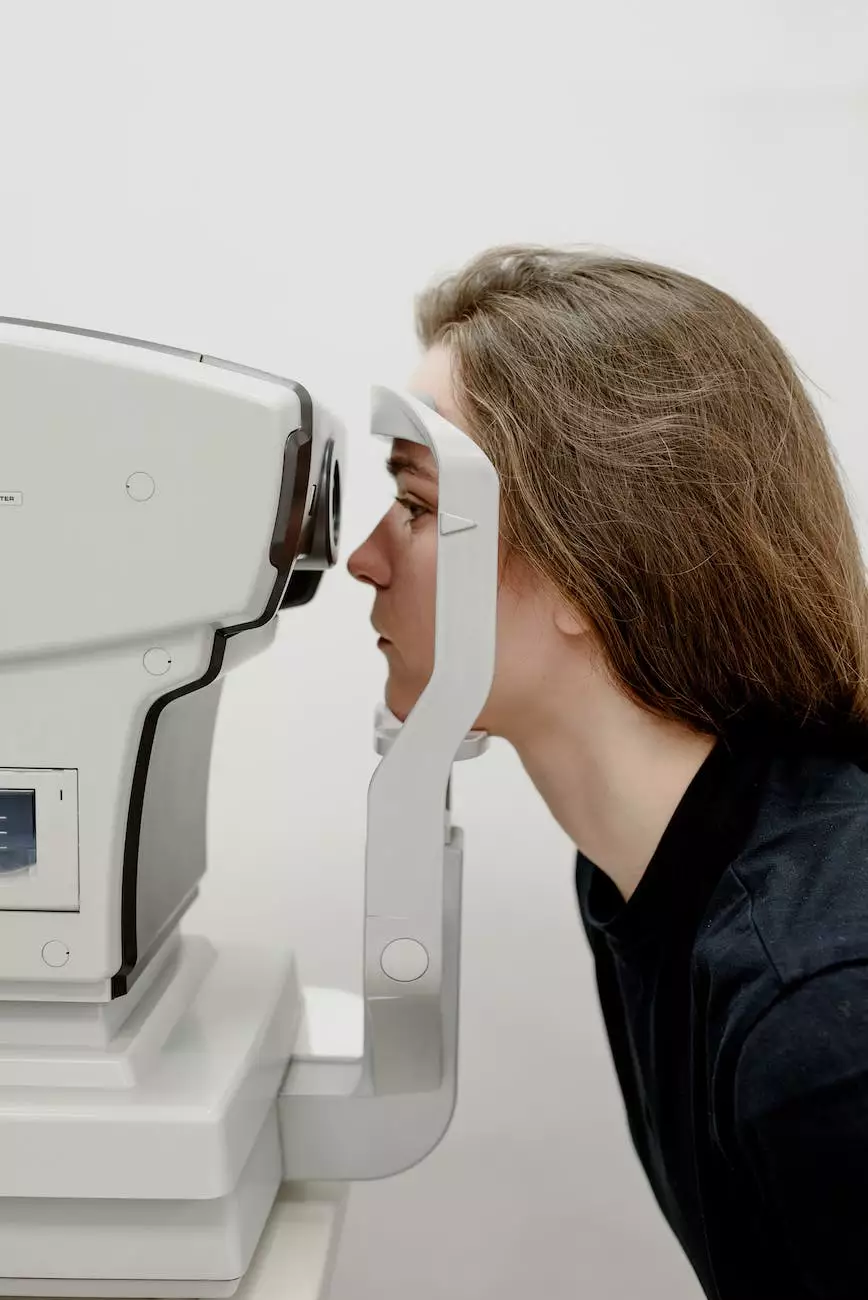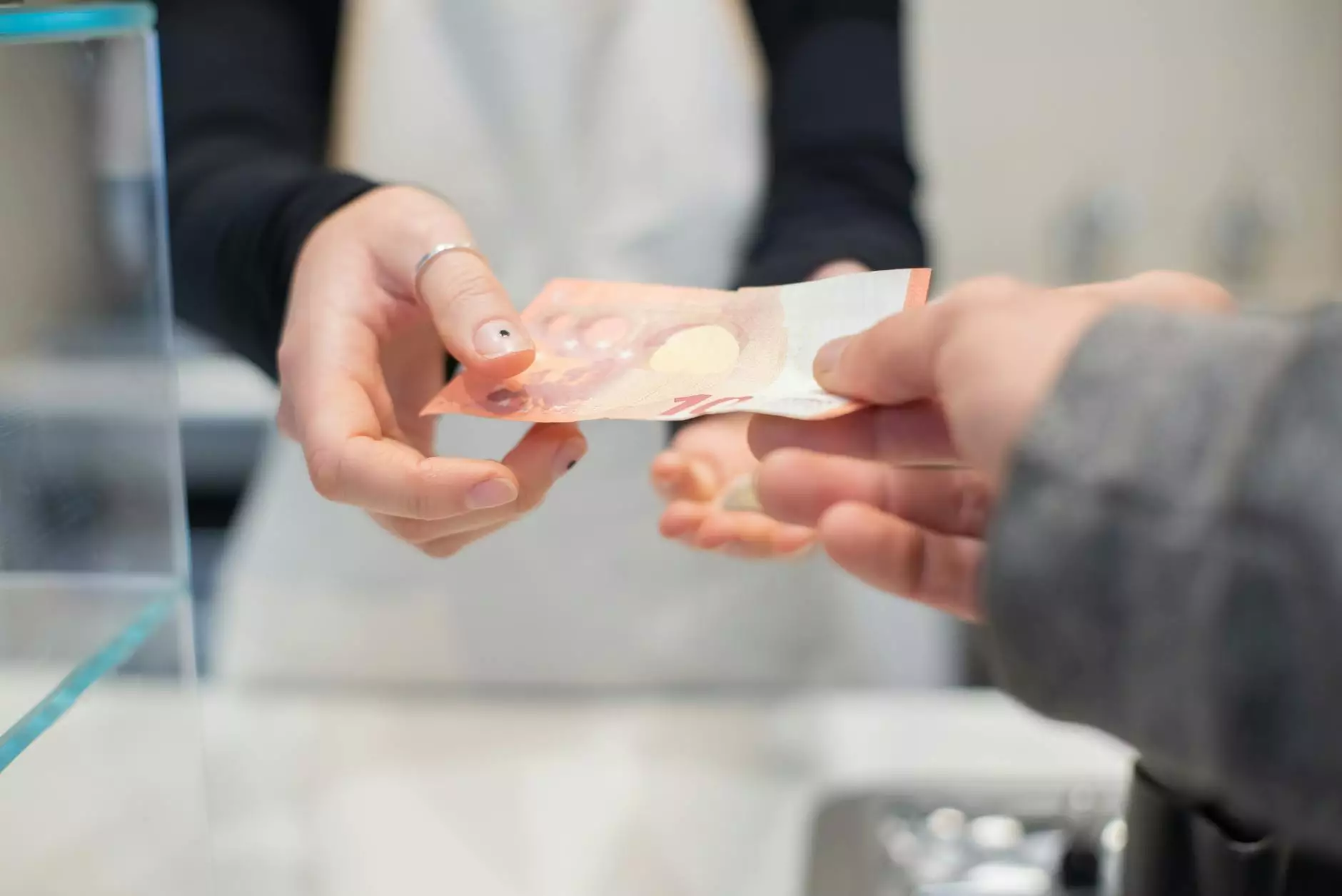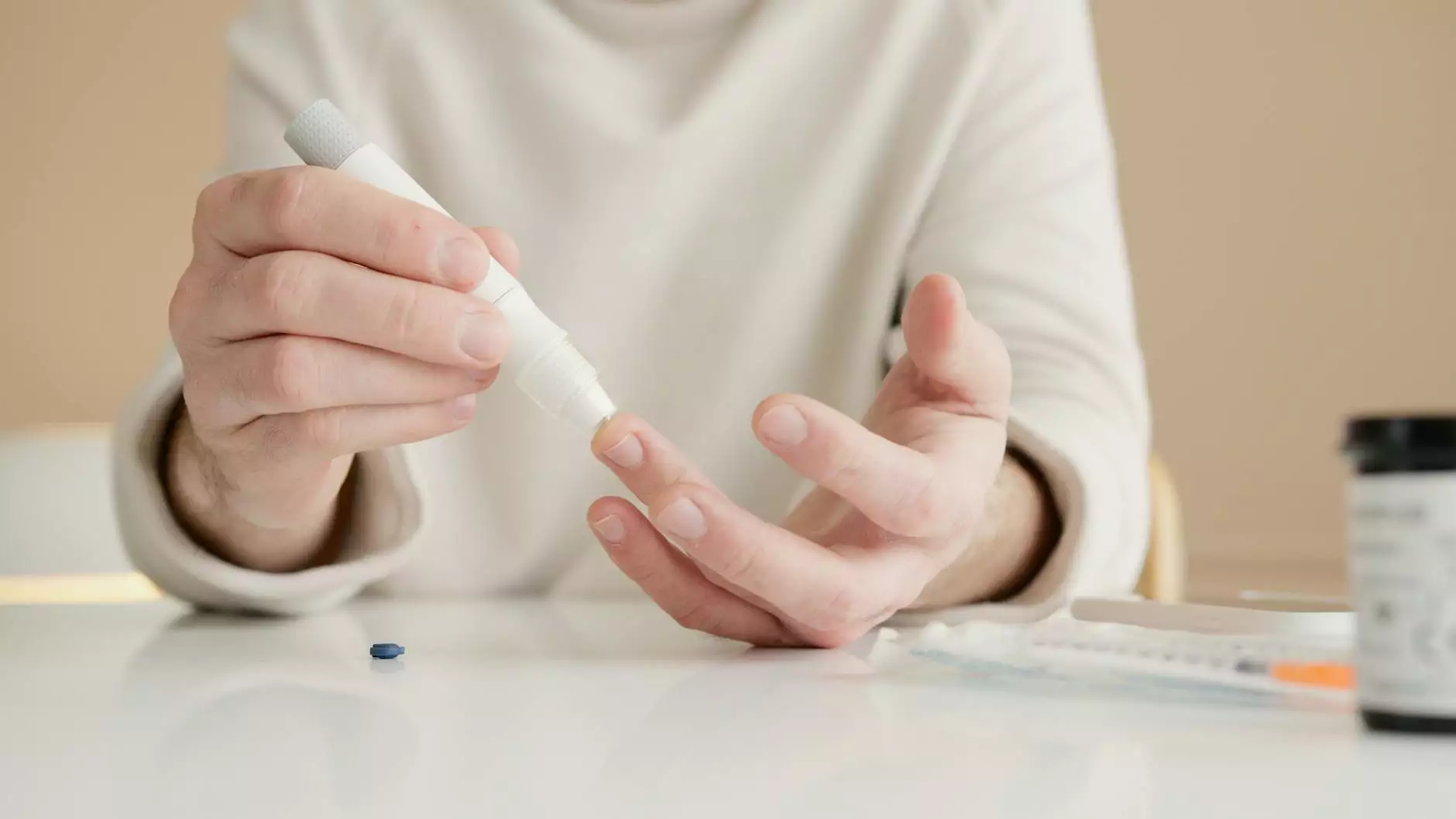Everything You Need to Know About Sunburn
Blog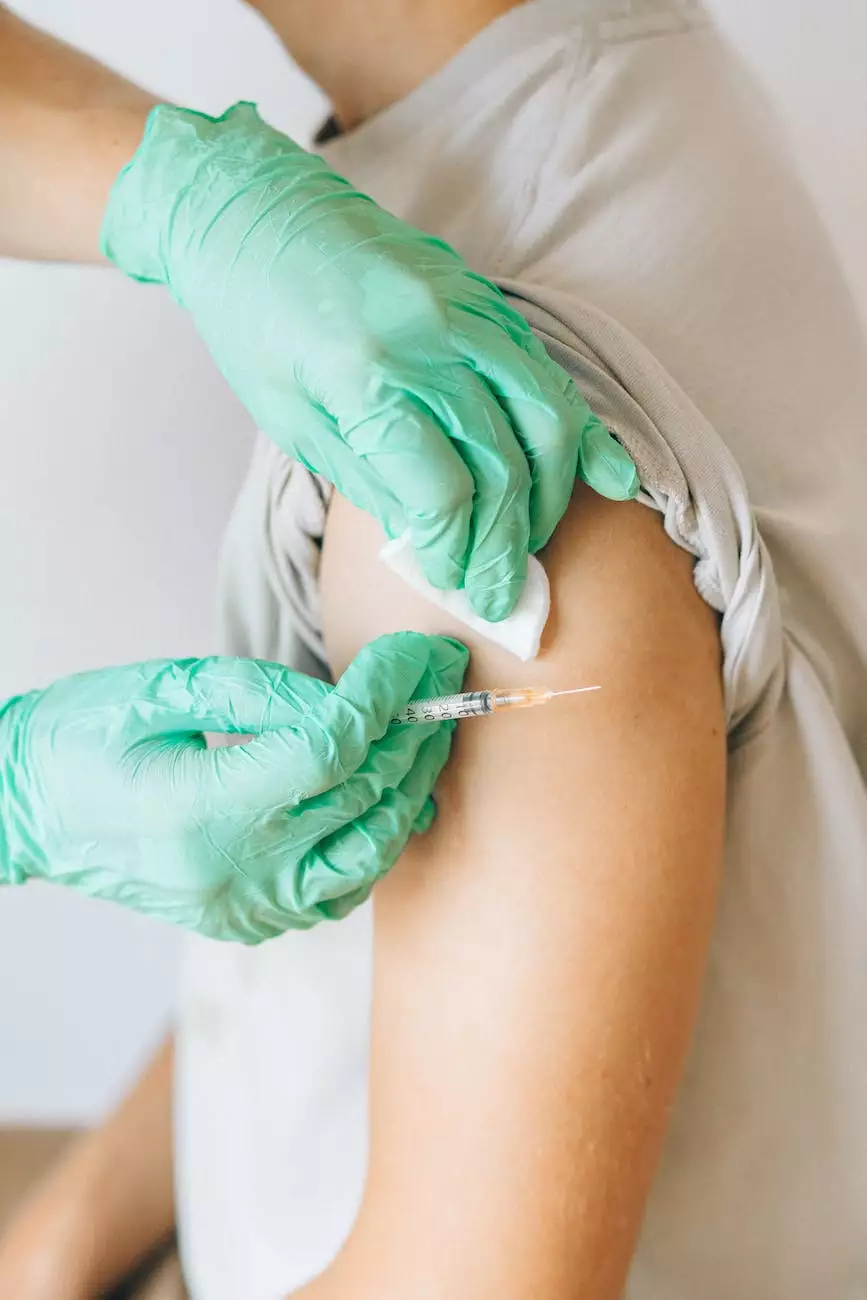
Introduction
Welcome to the comprehensive guide on sunburn, brought to you by Benjamin Shettell, MD - your trusted source for health information. In this article, we will delve into the topic of sunburn, exploring its causes, symptoms, prevention, and treatment. So, let's get started and ensure you have all the knowledge to protect your skin from the damaging effects of the sun.
What is Sunburn?
Sunburn is a common skin condition that occurs when the skin is exposed to ultraviolet (UV) radiation from the sun or artificial sources, such as tanning beds. It is an inflammatory response by the skin due to excessive UV exposure. The primary cause of sunburn is the sun's UVB rays, which penetrate the outermost layers of the skin.
Causes and Risk Factors
Excessive exposure to the sun's UV radiation is the main cause of sunburn. Factors that increase the risk of sunburn include:
- Spending long periods in direct sunlight
- Failing to use proper sun protection, such as sunscreen, hats, and sunglasses
- Peak sun exposure between 10 am and 4 pm
- Being at high altitudes or in reflective surfaces, like snow or water
Symptoms of Sunburn
Sunburn symptoms can vary in severity, depending on the degree of sun exposure and individual skin sensitivity. Common symptoms include:
- Redness and inflammation of the affected area
- Pain and tenderness
- Itching and peeling
- Blisters in severe cases
Prevention
Preventing sunburn is crucial for maintaining healthy skin. Here are some effective preventive measures:
- Apply sunscreen with a high SPF (Sun Protection Factor) before going outdoors
- Wear protective clothing, including long sleeves, hats, and sunglasses
- Seek shade or use umbrellas when the sun is strongest
- Avoid using tanning beds or other artificial sources of UV radiation
Treatment
If you do get sunburned, prompt treatment can help alleviate discomfort and aid in the healing process. Here are some recommended treatment options:
- Apply a cool compress or take a cool bath to soothe the skin
- Use moisturizers or aloe vera gel to hydrate and nourish the affected area
- Avoid further sun exposure until the burn heals
- Over-the-counter pain relievers can help manage pain and inflammation
Conclusion
Now that you have a thorough understanding of sunburn, its causes, symptoms, prevention, and treatment, you can take proactive steps to protect your skin. Remember to always prioritize sun safety and consult a medical professional, like Benjamin Shettell, MD, for any concerns or persistent symptoms. Stay informed, take care, and enjoy the sun responsibly.

